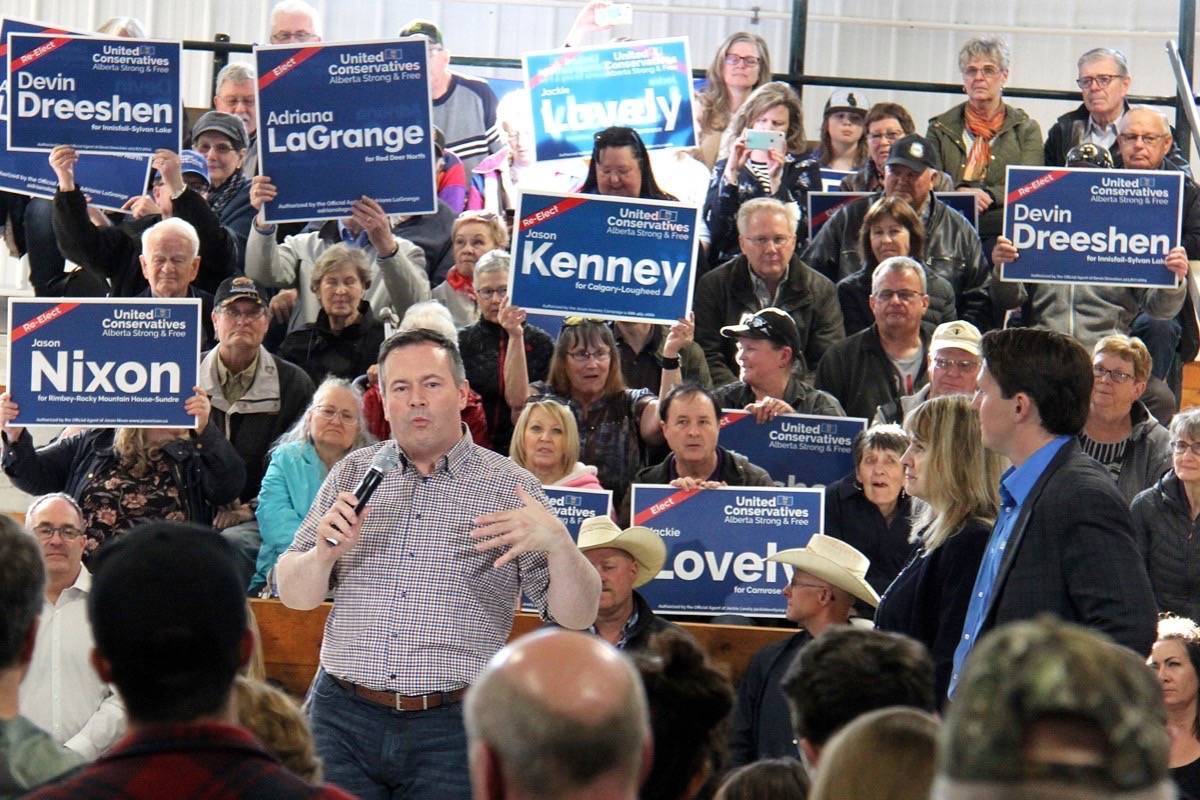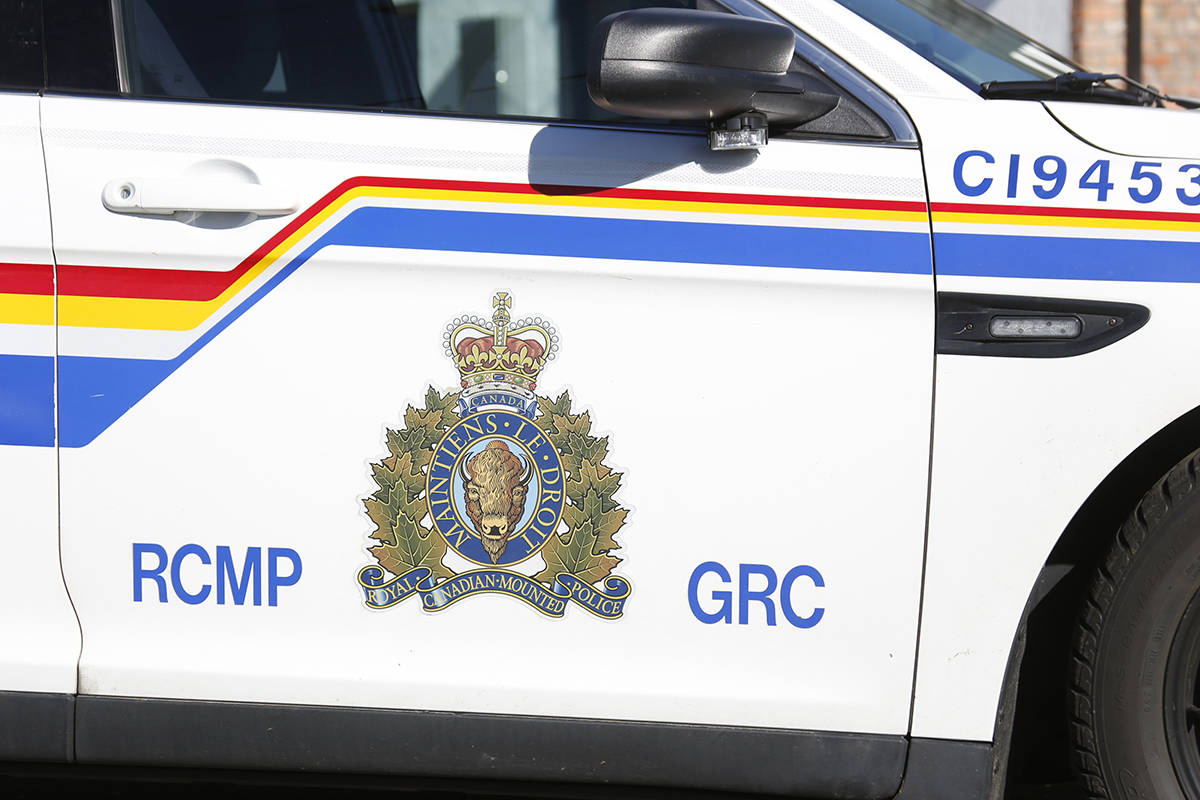This summer has been quite an exciting one with all the celebrations of the centennial of the incorporation of the City of Red Deer, as well as other Central Alberta communities such as Sylvan Lake, Rocky Mountain House, Delburne and Gull Lake.
The summer of 1953 was also full of significant events such as the declaration of a cease fire for the Korean War, the coronation of Queen Elizabeth II, the discovery of oil at Joffre northeast of Red Deer, the resumption of flight training at the re-activated Penhold airbase and the sod turning for the new Red Deer Curling Rink by Prime Minister Louis St. Laurent.
Weather-wise, the year started off quite well.
The winter of 1952-1953 had been a relatively mild one. Spring arrived, as usual, in late March and early April. In the words of a local newspaper editor, “The bluebirds and the robins, the pussy willows and the crocuses and the golfers and the gophers are all here.”
The last frost struck on May 24.
While not a particularly welcome event, having a frost in the latter part of May was by no means unusual.
The next day, it began to rain – 8.9 mm fell that day. Then the skies began to really open up. It rained most days in June, with as much as 20 mm falling at a time. July was just as wet or wetter than June. Over the two months, the newspapers reported that more than 350 mm had fallen.
The annual Benalto Stampede suffered badly from the wet weather. So did the annual Red Deer Fair, with attendance dropping by nearly 40%.
Fortunately, the newly constructed Red Deer Arena provided some welcome indoor exhibit space.
The Municipal District of Red Deer (the predecessor to Red Deer County) reported that most rural roads were deplorable and some were literally impassable. While the near constant rain was blamed, the local councilors also reported that the seismic vehicle traffic, boosted by the emerging oil boom, compounded the problem.
Conditions were not much better in the City.
Red Deer was enjoying the start of a building boom, but the construction sites were generally muddy messes.
The City had trouble keeping up with the construction of roads, sidewalks and sewers, making it difficult to get around the newer areas of the community.
The lack of a proper storm sewer system meant that residents frequently faced sewage back-up into their basements. Mayor Paul Crawford bluntly stated that conditions were challenging enough without City council taking the blame for all the rain as well.
Most gardens were mediocre. Mid-August turned somewhat warmer and drier. However, Hugh Gilchrist, head of the City Parks Department, commented that it was too late in the season to make much difference.
Then, near the end of the month, the heavy rains returned again. The big Air Show, which had been organized in conjunction with Air Force Day in September, had to be cancelled because of miserable weather.
There was some good fall weather which greatly helped the local farmers with the harvest. Nevertheless, the crops were heavy and there were lots of problems with lodging and second growth.
Overall, the harvest was down sharply from 1952. However, many pointed out that the previous year had been the fourth largest crop in Alberta history, so comparisons were a bit unfair.
The first killing frost hit on Sept. 25, but famers reported that they had managed to complete more than two-thirds of the harvest by early October.
Fortunately, there was virtually no rain in November, and little snow until almost Christmastime. What could have turned into a pretty bad year, turned into a fair one for farmers and a great one for others with the arrival of the oil and gas boom.


